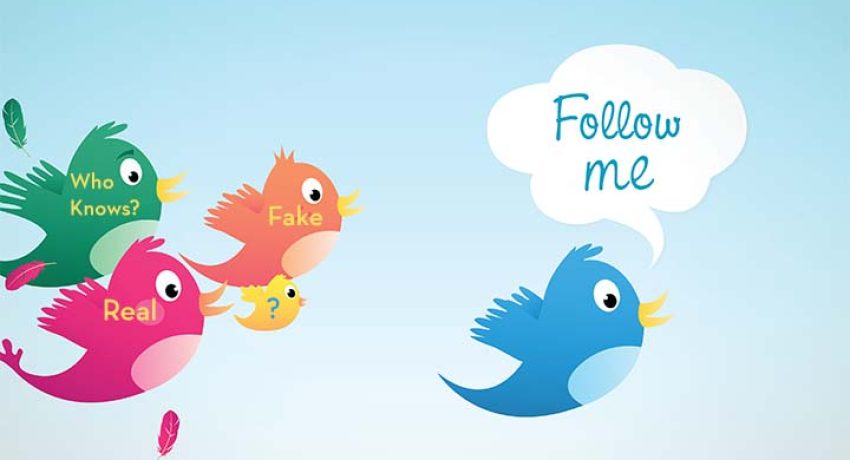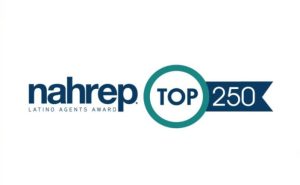You know those accounts with millions and millions of followers on Twitter? It turns out they may not be as popular as you think.
In Twitter’s recent filing with the Securities and Exchange Commission, they noted that close to 23 million users are automated. They’re bots – not humans – and people are following them.
For many, this news is not surprising. But take heart, it doesn’t mean Twitter is filled with spammers – on the contrary, according to Twitter. Many of these automated users are company-based profiles (both internal and external of Twitter) used to send out automated, regularly updated information to the masses. So while they may not have an actual person running the profiles, those actual tweets serve a purpose.
That said, the existence of so many auto-bots may be a cause for concern for those using the site for business – bots inflate numbers, and can decrease engagement rates. Plus, they just create noise – especially when we’re all trying to use this social media hub for networking, education and community building, and even entertainment.
We’ve found that Twitter can be one of the best places for real estate professionals to meet potential clients and connect with peers, and a great way to be personal without being face-to-face. So, curating your follower’s lists (and the accounts you follow) is important. So what happens if the followers you’re working so hard to connect with aren’t actual people?
Weeding out followers
It’s an on-going battle – you should always make sure the followers you have and the followers you gain are, in fact, humans. Due diligence is important, and there are a plethora of ways to figure out who is real and who isn’t.
David Leonhardt’s Happy Guy Marketing blog has a few great ideas on how to decipher the human from the automaton. It may be time-consuming, but it’s worth researching any red flags that may pop up.
Reading through a user’s tweet history is probably the best giveaway. If almost every tweet is an ad, a marketing message, random quotes, or something else completely broad and in no way personal, the chances of it being bot-controlled are high. It’s the same with pictures and media files. If they post videos and photos (either professional or personal), and actual original content that doesn’t look canned, they are probably real people.
Of course, if you are really curious, you can send them a personal message and see what happens.
Remember, though, at the end of the day, having bots for followers is only a problem if it makes you uncomfortable. If Twitter is your go-to for professional interaction, take the steps necessary to ensure your contacts are real, fully functional human beings. Take time to weed out the bad so you can spend your time focusing on the good.
What about your Twitter account? Have you looked into your followers to see if they’re real or fake?








